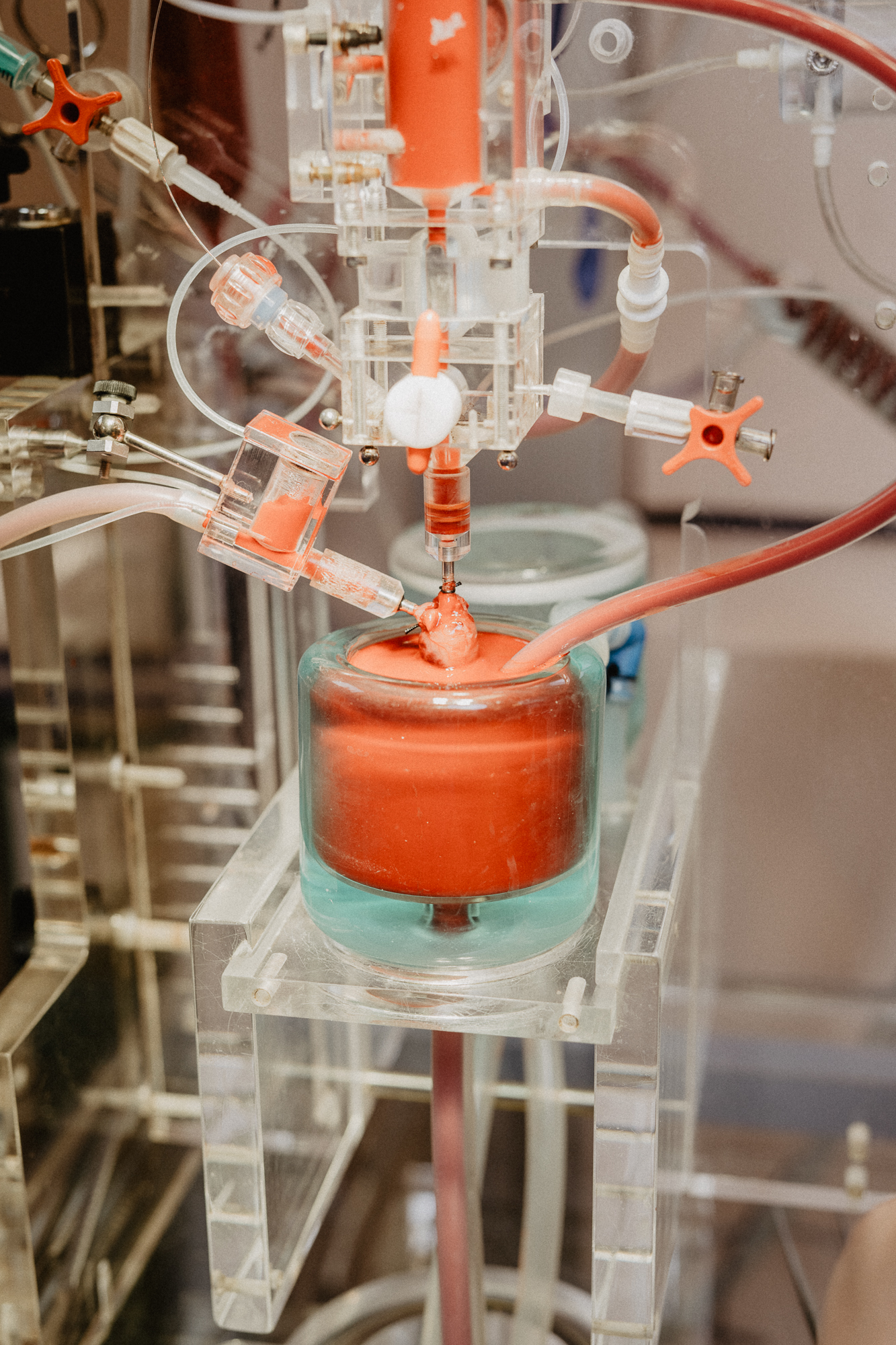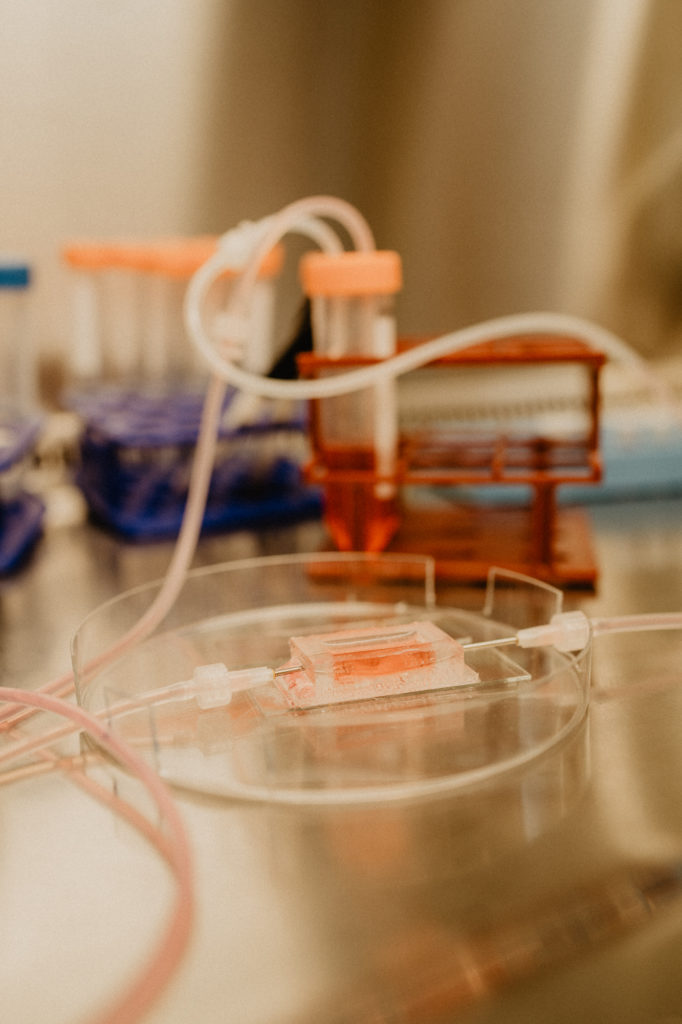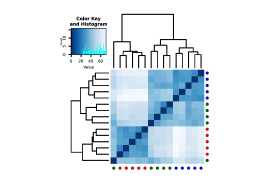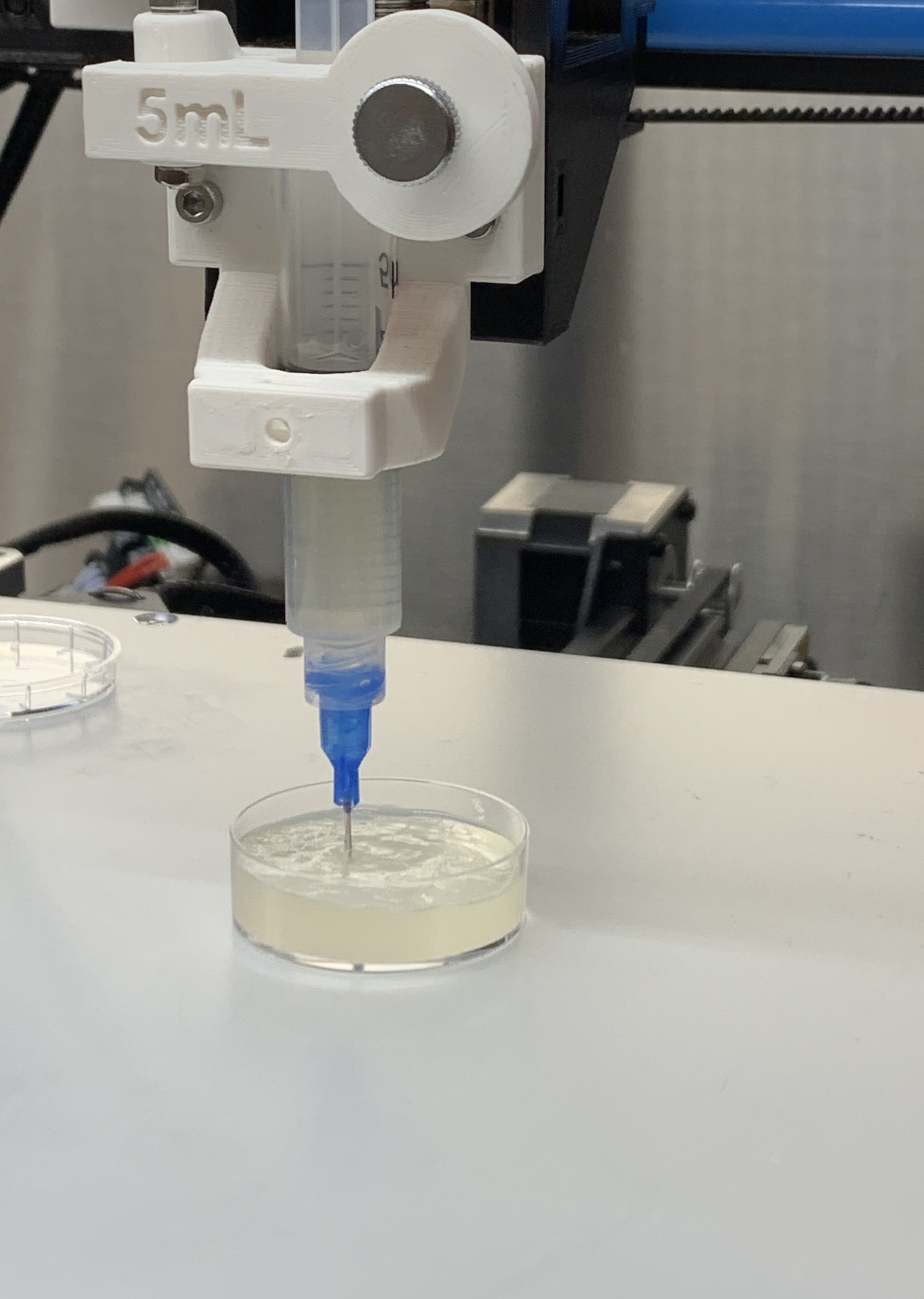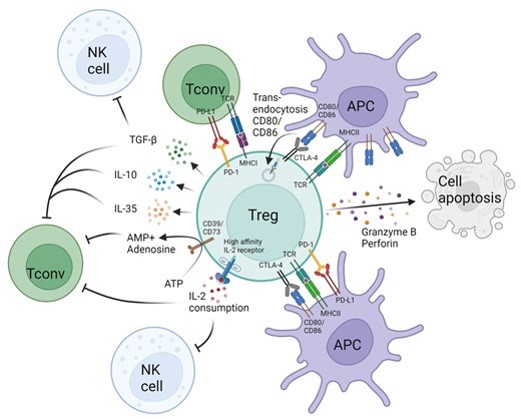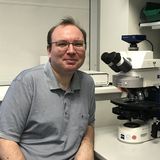Mission of the Institute
The Institute focuses on the consequences of cardiac pressure and volume overload on the heart (Dr. Podesser & Dr. Kiss), the development of small-diameter vascular grafts (Dr. Bergmeister), and the effects of venous thrombosis and atherosclerosis on macrophages (Dr. Hohensinner). New is the establishment of a 3D bio-printing research group (Dr. Schneider & Enayati). In the field of translational immunology, transplantation immunology (Dr. Pilat) is a particular focus.
Heart Diseases
Heart disease remains the leading cause of mortality in the western world. Developing novel therapies for treating damaged heart tissue is of critical clinical and scientific interest. In Austria, an average of 38.6% of the Austrian population died due to cardiovascular diseases. This makes cardiovascular diseases the leading causes of death in 20191. The main risk factors are arterial hypertension, hypercholesterolemia, smoking, overweight, physical inactivity, social stress and genetic factors. In order to find new therapeutic approaches, to better understand intracellular processes and to develop more effective treatment methods, the Center for Biomedical Research is engaged in highly specific and focused programs in cardiovascular research and is also integrated into the Ludwig Boltzmann Institute for Cardiovascular Research with two working groups.
Scientific Topics
Research Partner
- Center for Medical Physics and Biomedical Engineering
- Department of Plastic, Reconstructive and Aesthetic Surgery
- Department of Cardiac Surgery
- Department of Thoracic Surgery
- Division of Cell and Developmental Biology
- Department of Biomedical Imaging and Image-guided Therapy
- Department of Medicine II
- Department of Anaesthesia, Intensive Care Medicine and Pain Medicine
- Department of Physical Medicine, Rehabilitation and Occupational Medicine
- Department of Oral and Maxillofacial Surgery
- Department of Pathology
- Core Facilities
- Department of Medicine III

